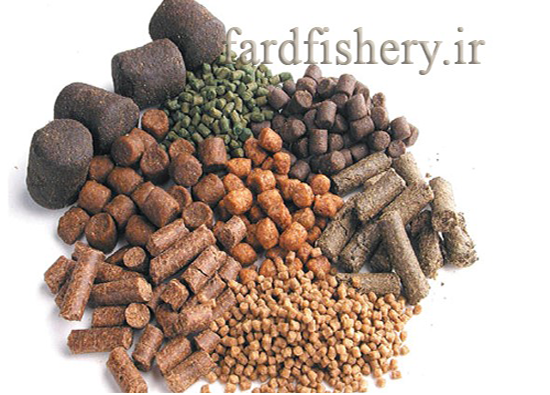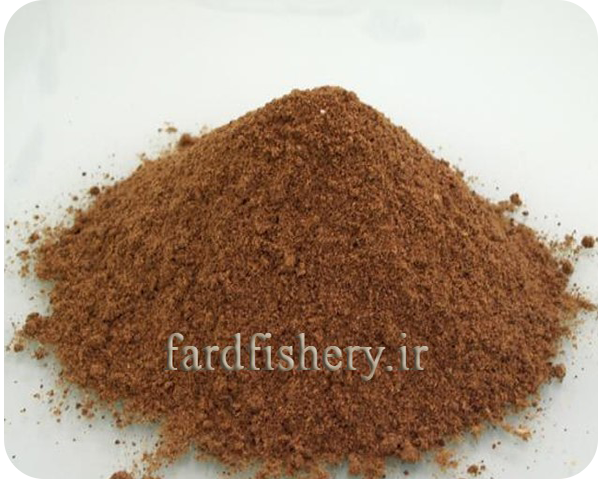The process of making and maintaining aquatic food
The high cost of feed in aquaculture is often due to the eating habits of shrimp and fish, most of which are reared in dense systems, unable to utilize high-carbohydrates as a source of cheap protein.
Since aquaculture in the dense system does not use or consume too much natural food, feed manufacturers must develop full nutrition diets as the knowledge progresses, while succeeding at high cost. Reduce the ration. The types of foods used in dense and semi-dense aquaculture are different according to their formulation and method of manufacture.
Feed Category:
1) Wet foods 2) Moist foods 3) Dry foods
1) Wet foods:
They are foods that have a moisture content of between 45 and 75 percent and are made from high-humidity raw materials such as trash, fish waste and slaughter waste.
Although more feed intake still persists, their widespread use is limited by a number of factors, including water pollution.
2) Moist foods:
The moisture content of these foods ranges from 25% to 45% and is made from high moisture content with crushed grains. There is some evidence that cryptic fish are more prone to wet feed at low water temperatures.
3) Dry foods:
These foods have a moisture content of between 7% and 13%, are relatively simple to manufacture, maintain, and transport, and can be easily distributed in large pools. The production of dry foods makes it possible to easily add the additives to the feed during the production process, as well as manage the size and shape of the feed.
Larval Feed Types:
One of the most important life stages of any aquatic life is the larval stage, which underlies growth and development. In this section, we introduce the types of fish feeds in the larval period.
Wet grains:
This dish is a blend of egg, shrimp, shellfish, fish extract, vitamins, minerals, growth stimulants and wheat flour that are all crushed and finely chopped.
Chopped foods:
These foods are pasty and come from a mixture of wet and dry foods.
Dry granules:
These diets, whose nutrients are water-soluble, are made up of dry raw materials, the type of feed most used in the production and cultivation of larvae.
Spray dried foods:
To produce this feed, raw materials are sprayed in a hot air tunnel to form particles of 50 to 100 microns, which are used in Japan to feed the larvae.
Micro-band rations:
These rations are first finely divided and then bonded together.
Finely Coated Diets:
These diets are made from covering the grains of some microbial diets with certain substances such as zein, cholesterol-lecithin.
Small capsule diets:
In these rations, special liquids or nutrients are collected together and protected by a special wall.
Sheet Diets:
Produced by a double-walled dryer that is common in fish larvae, these foods can be used with flavoring ingredients.



